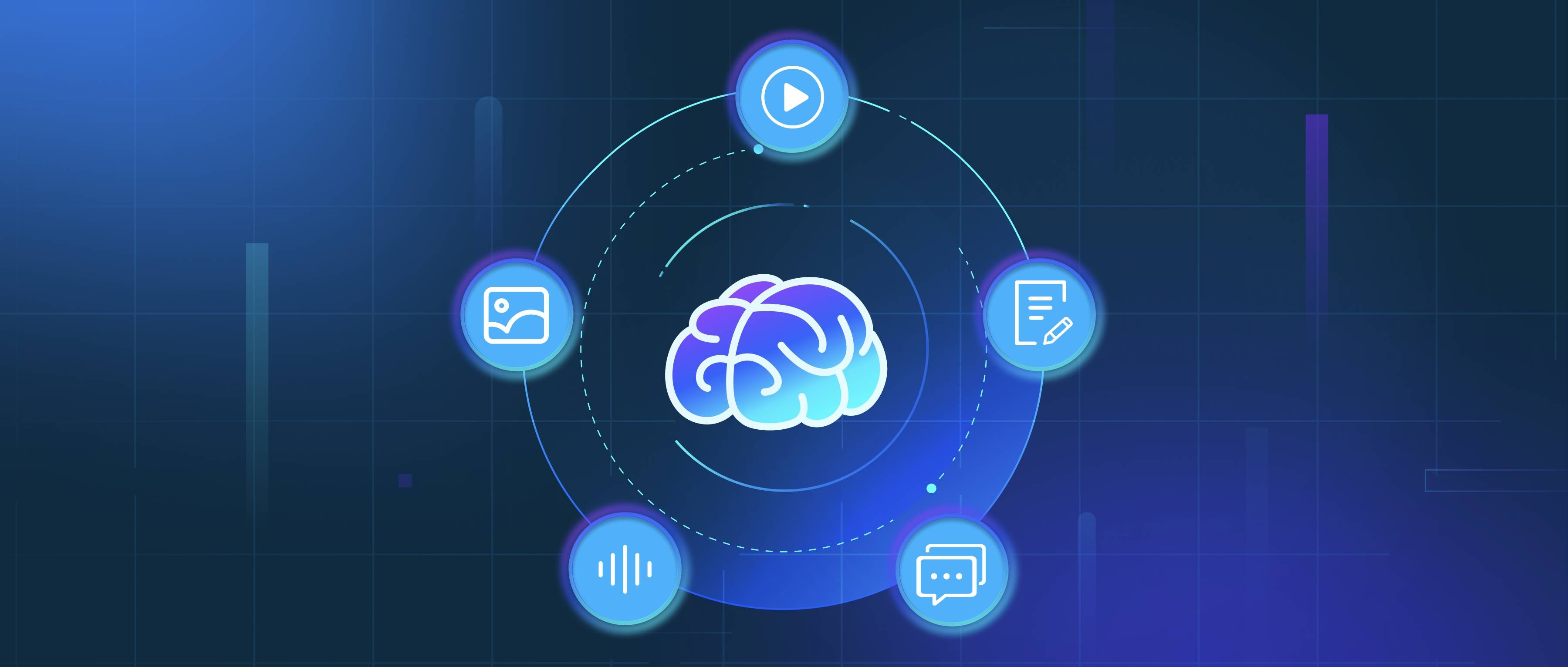Measuring generalization in self-supervised learning (SSL) models is crucial for understanding how well these models can apply learned knowledge to unseen data. Generalization refers to a model's ability to perform accurately on new, previously unobserved examples, rather than just the data it was trained on. One common approach to assess generalization is to evaluate the model’s performance on a separate validation dataset that was not part of the training process. For instance, you might train an SSL model using a large dataset of unlabeled images and then test it on a labeled subset to see how well it predicts the labels.
Another effective method for measuring generalization is to use cross-validation. This technique involves partitioning the training data into several subsets and training multiple models, each time using a different subset for validation. By averaging the performance of these models, you get a more robust estimate of the model's ability to generalize. Metrics such as accuracy, precision, recall, and F1-score can be employed during this evaluation phase to quantify how well the model performs not only on the training dataset but also on the validation set.
Additionally, learning curves can provide valuable insights into generalization. By plotting the model's performance on both the training and validation sets across different training epochs, you can visualize how the model learns over time. If the training performance improves while the validation performance stagnates or declines, it may indicate overfitting, suggesting that the model has learned the training data too well and fails to generalize. Monitoring such trends can help developers fine-tune their SSL models, guiding them to make appropriate adjustments in areas like model architecture, data augmentation, or training duration.
